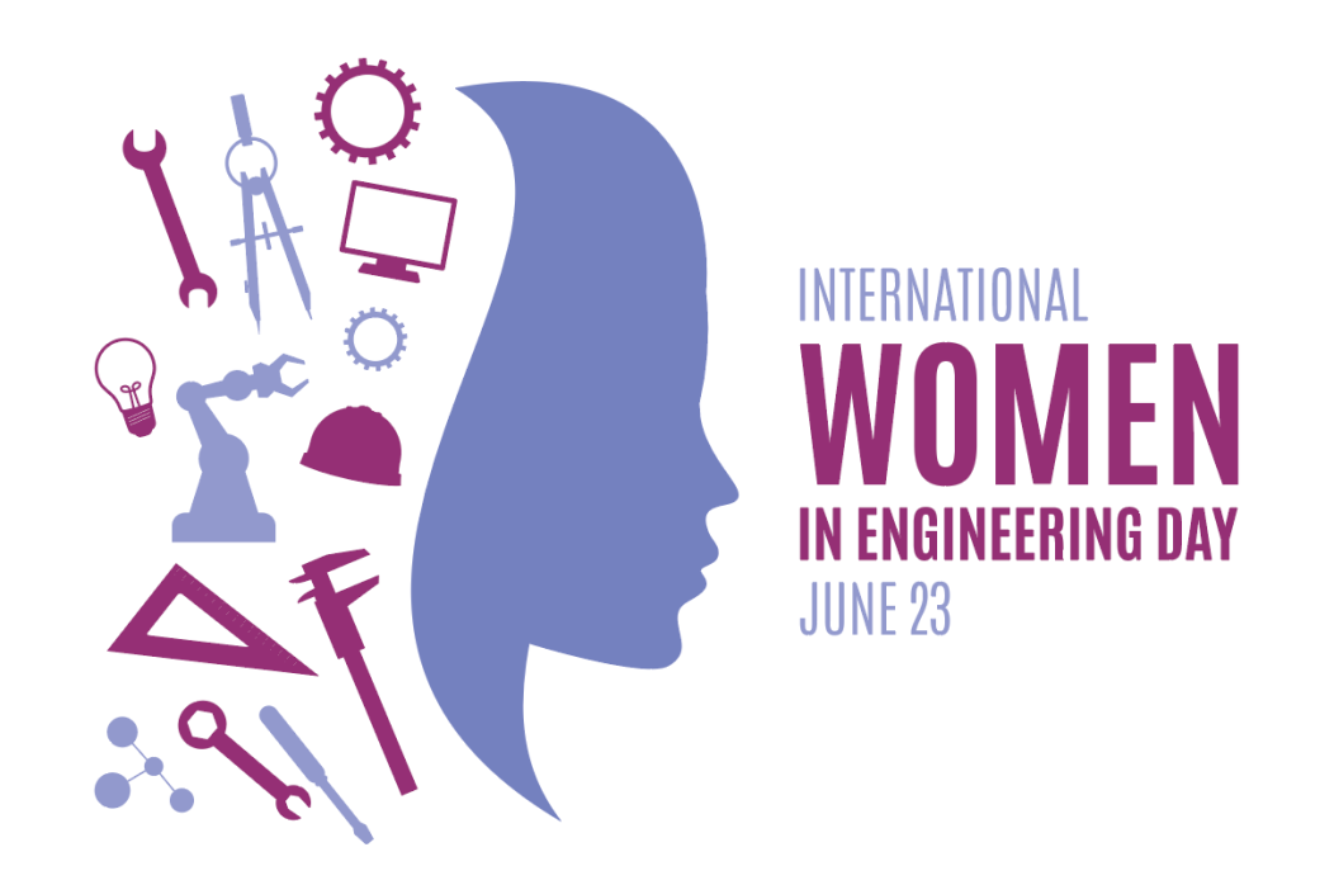Each year on June 23rd, International Women in Engineering Day is celebrated to recognize the efforts of women in engineering. This year serves as the eleventh official celebration of the observance and encompasses a worldwide audience of women engineers.
The newly founded tradition began in 2014 in the United Kingdom by the Women’s Engineering Society to raise awareness about the lack of diversity in engineering and serve as a campaign to promote the field, in hopes of recruiting more women to pursue engineering. The observance began as National Women in Engineering Day and was specific to the United Kingdom, until 2017. Using June 23, 2014, as the first annual celebration was not chosen at random, but used because it also marked the 95th anniversary of Women’s Engineering Society’s establishment, making the observance that much more significant.
The first woman to earn a degree in engineering in the United States was Edith Clarke, earning her bachelor’s degree in electrical engineering in 1918 from the Massachusetts Institute of Technology. Prior to her engineering degree, Clarke earned a bachelor’s in mathematics and astronomy. During her career, she worked to design and build hydroelectric dams for the Hoover Dam. With her contributions, she developed the foundation for the modern-day turbines still used there today. Her best-known invention was the Clarke calculator, the first of its kind used to help solve electrical engineering problems.
In Illinois, the first woman to obtain a Bachelor of Science in engineering was Mary Thelma Miller in 1933, earning her degree in civil engineering from the University of Illinois Champaign-Urbana. Miller, a Decatur-native was destined for such a challenging career from girlhood, where she was described as “enjoying the freedom of a man’s world” by the Illinois Magazine Staff. Of her 61 other classmates, Miller was the sole woman earning an engineering degree in 1933.
Nancy Brazell Brooks was the first woman in Illinois to receive a master’s in engineering, also from the University of Illinois Champaign-Urbana, in 1953. Brazell Brooks received her M.S. in Civil Engineering after earning her undergraduate degree from the Alabama Polytechnic Institute. While earning her master’s, Brazell Brooks served as the first woman on the department’s research staff, where she worked on several structural research projects. Notably, she was a pioneer in bringing the use of computers into engineering. After graduate school, Brazell Brooks worked as a professional engineer and co-founded a small research and development firm. She was awarded the Civil and Environmental Engineering Alumni Association Distinguished Alumna Award for her innovation of bringing technology to engineering.
As of 2023, approximately 17% of the engineering workforce is made up by women worldwide. In the Science, Technology, Engineering, and Math (STEM) field, women only make up roughly 31% worldwide. To date, many colleges and universities across the world have tailored their engineering programs to help recruit and retain women to the engineering programs. In February, Engineering Week is celebrated to help elevate the necessity of engineers and highlight the important work of the engineering field.
This year’s theme for the 2024 INWED is “#Enhancedbyengineering.” On the INWED’s website, sign-ups are available for the Women’s Engineering Society’s annual seminar, as well as steps and accounts to join in on the celebration through social media.
